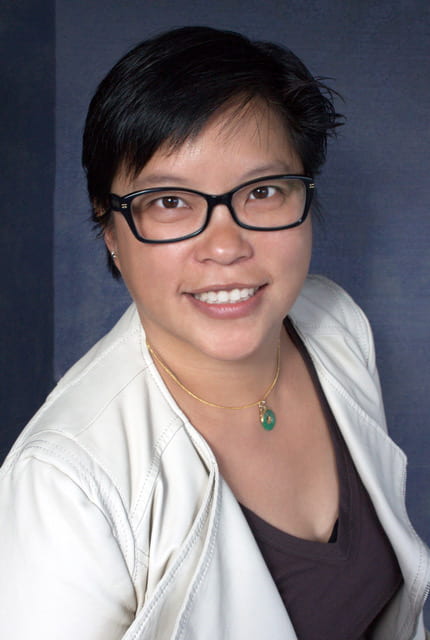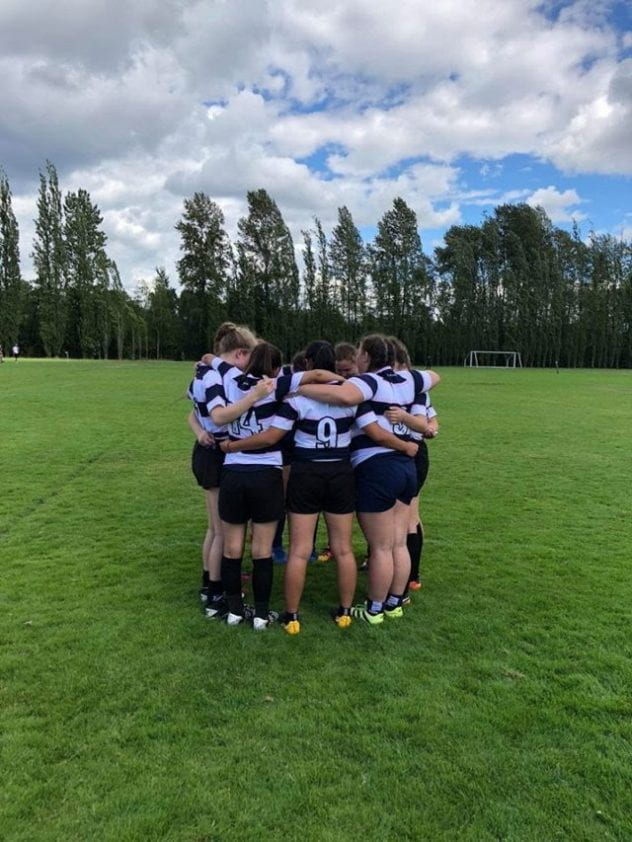By Dr. Christine Younghusband (Assistant Professor at UNBC School of Education and CIRCE Academic Council Member)
 This spring was my first time teaching a synchronous online graduate course. The course was about school based teams. When developing a course, you have to use your IMAGINATION. Thinking about Universal Design For Learning, you start with the end in mind. I chose a resource titled “Collaborative Teaming,” and I wanted this group to BE a collaborative team by the end of the course. However, how does one create a “Collaborative Team” online?
This spring was my first time teaching a synchronous online graduate course. The course was about school based teams. When developing a course, you have to use your IMAGINATION. Thinking about Universal Design For Learning, you start with the end in mind. I chose a resource titled “Collaborative Teaming,” and I wanted this group to BE a collaborative team by the end of the course. However, how does one create a “Collaborative Team” online?
I wanted to create a learning experience that was dialogical, practical, and professionally relevant. Even though I am not a special education expert, I am a learner and have an expertise in teaching and educational leadership. Thank goodness my students wanted to learn about “best practices” in running a school-based team meeting. An interesting concept, particularly when best practices change over time, they are context based, and structure and design depends on who is in the room.
I also wanted to facilitate their learning, be student-centred with my pedagogy, and provide ongoing formative assessment. When I created the syllabus, I decided to conclude the course with a COLLABORATIVE SUMMATIVE: a role play of a school-based team meeting. Much like my daughter’s rugby team, every player has a role, a strength, and a position to play. In essence, the role play was the “final exam” or the game. How each player performed would dictate how well they would play as a team, and ultimately achieve the desired outcome. Learning activities were scaffolded from homogenous learning to personalized learning.
Ironically (or not), I was creating a collaborative team amongst us by being “the facilitator,” co-creating ground rules with students, and operationalizing mutually agreed upon processes and protocol. This “meta moment,” or modelling, implicitly demonstrated what I hoped to see in them. What was more ironic is that I NEVER saw them. 98% of the time I was looking at a black screen or myself. This was not my preference, but figured they did this in previous online courses. I saw a few faces on the first day and one face mid-course, but this was a keen group: I would hear it in their voices. I loved how they were willing to share and they loved the idea of interviewing a colleague.
They were so animated in sharing their ideas. As one student said, “there’s no back row in this class.”
I was a little perplexed and concerned about how we would implement a role play of a school based team meeting if we could not see one another. I persisted (a lesson I’ve learned in higher education) and the students got more excited about the role play. Over time, class routines and expectations were established, students shared their thinking and supported each other (synchronously and asynchronously), and I could see our collaborative team forming—there was trust and respect. Student choice, agency, and leadership were visible and encouraged. We were in a safe learning environment. They had to rely on each other to personalize learning, but also collectively make sense of what best practice for school based teams could be in their schools.
Admittedly, I was not sure how a COLLABORATIVE SUMMATIVE would work out in the end and by the second to last class, I think my class felt the same way. This was new territory for all of us, but I felt the role play could address some of the nuances of best practices and personalization. I can’t “tell them the answer” to their guiding questions, but rather give them the space and time to experience and self-actualize it. Students self-selected what role they wanted to play formally (i.e. teacher, school principal, counsellor, special education teacher, parent, student, etc.) and informally (i.e. facilitator, recorder, time keeper, jargon buster, etc.). They had to research their role and put what they have learned overall into action as part of the collaborative summative assessment.
Can you imagine running a school based team meeting without any non-verbal cues? That’s what this class did. In the end, the role play exceeded my expectations. Students took their role seriously, they were prepared, and they were able to experience “a best practice” in action with each other. We were a bit slow on time, but I imagine implementing what we have learned in our class with people you can SEE, you are familiar with, in the role that you actually play… that time would not be an issue. We were able to meet the learning intentions of this course that were meaningful, purposeful, and dialogical. Students were interdependent with their learning and demonstration of learning.
Imaginative Education in Action
Writing this blog in a reflective way and looking at Imaginative Education helped me realize that in this course we were using “Philosophic Cognitive Tools” to define (1) processes, (2) definition of self, and (3) search for authority and truth with respect to school based teams. We wrestled with many “Binary Opposites” in our course of right/wrong, separate/together, risk taking/safety, give/take, perfect/flawed, and fair/unfair. In the end, students gained the “Heroic Qualities” of collaboration, courage, respect, teamwork, and wisdom from this course and were even able to imagine best practices in school based teams in their minds and with each other.
At the beginning of the course we were like the first image (black and white), but now we are like the image above (in colour). I took this photo soon after our last class together. The students were able to synthesize what they have learned imaginatively and collaboratively in a role play. In their final course reflection, every student was able to define who they were as special education teachers, educational leaders in their school, and change agents.
Imaginative assessments and pedagogies are worth employing even if you cannot predict or control the outcome. Students were emotionally and imaginatively engaged and able to define a best practice.



